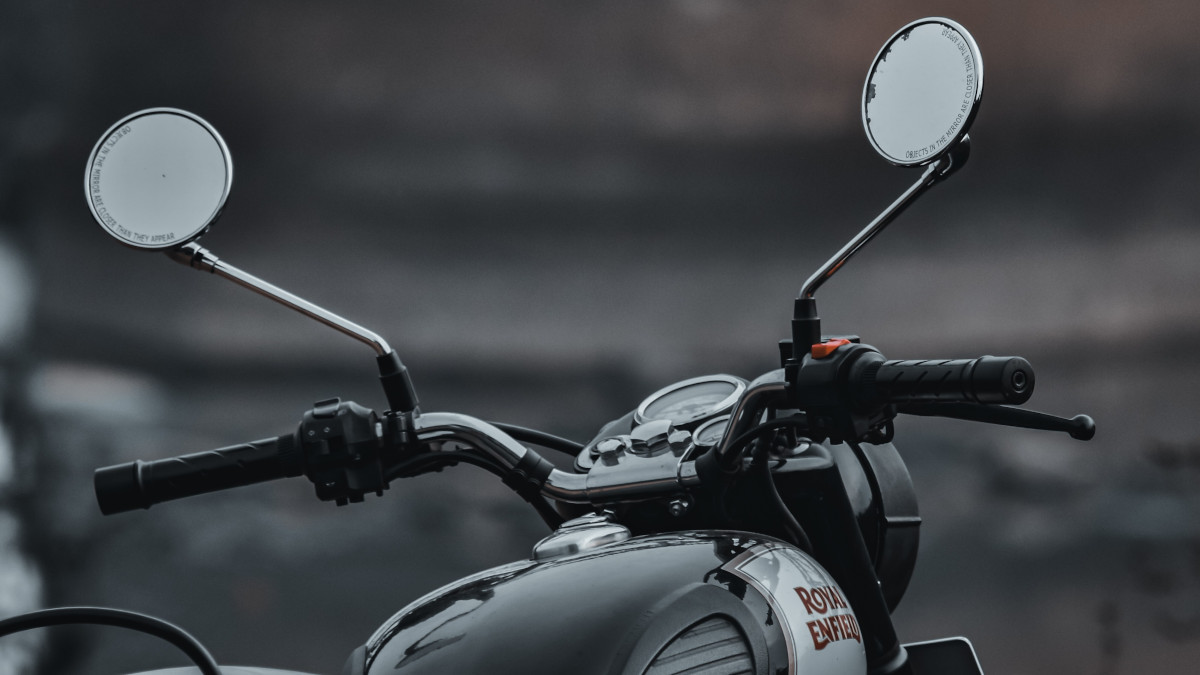

Articles
How Many Mirrors Does A Motorcycle Need
Modified: January 18, 2024
Discover the answer to how many mirrors a motorcycle needs in this informative article. Gain valuable insights and recommendations for optimal safety and visibility on the road.
(Many of the links in this article redirect to a specific reviewed product. Your purchase of these products through affiliate links helps to generate commission for Storables.com, at no extra cost. Learn more)
Introduction
When it comes to riding a motorcycle, safety is of utmost importance. One crucial aspect of motorcycle safety is having proper visibility of the surroundings, and this is where mirrors play a vital role. Mirrors on a motorcycle provide riders with a clear view of the traffic behind them, allowing them to make informed decisions while maneuvering through the streets.
But how many mirrors does a motorcycle actually need? This question is often debated among riders and enthusiasts. While there may not be a definitive answer, there are certain factors to consider when determining the number of mirrors on a motorcycle.
In this article, we will explore the purpose of mirrors on a motorcycle, the legal requirements for motorcycle mirrors, the different types of mirrors available, and the benefits and drawbacks of having multiple mirrors on a motorcycle. By the end, you’ll have a better understanding of the significance of mirrors and how they contribute to a safe and enjoyable riding experience.
Key Takeaways:
- Motorcycle mirrors are essential for safety, providing riders with an expanded field of vision and improved situational awareness. Understanding legal requirements and personal preferences can help riders determine the optimal number of mirrors for their specific needs.
- While multiple mirrors offer benefits such as enhanced visibility and safety, riders should consider potential drawbacks such as handlebar clutter and distractions. Ultimately, the decision of how many mirrors to install should be based on personal preference and riding conditions.
Read more: How To Adjust Motorcycle Mirrors
The Purpose of Mirrors on a Motorcycle
Mirrors on a motorcycle serve a crucial purpose – providing riders with a clear view of the traffic behind them. As motorcycles have a smaller profile compared to other vehicles on the road, they are more vulnerable to blind spots. Having properly positioned mirrors allows riders to monitor their surroundings and make safe riding decisions.
One of the primary purposes of motorcycle mirrors is to enhance situational awareness. By constantly checking the mirrors, riders can stay informed about the actions of vehicles approaching from the rear. This enables them to anticipate lane changes, overtaking maneuvers, or potential hazards. It also helps riders to maintain an appropriate distance from the vehicles behind them, improving overall safety.
Another vital function of motorcycle mirrors is to aid in lane changes and turning. With a quick glance at the mirrors, riders can determine if it’s safe to switch lanes or make a turn. This helps to prevent collisions and ensures a smooth transition between lanes.
Furthermore, mirrors are essential for monitoring the movements of other riders in group riding scenarios. By being able to see riders behind them, leaders can ensure that the group stays together and follows a designated route.
Overall, the purpose of mirrors on a motorcycle is to provide riders with an expanded field of vision and improve their overall situational awareness. By having clear visibility of the traffic behind them, riders can make informed decisions, react quickly to potential dangers, and ultimately enhance their safety on the road.
Legal Requirements for Motorcycle Mirrors
When it comes to the number and positioning of mirrors on a motorcycle, it’s important to consider the legal requirements set forth by the governing authorities. These requirements vary from country to country, and even within different states or provinces.
In most jurisdictions, motorcycles are required to have at least one rearview mirror positioned on the left side of the handlebars. This mirror should provide a clear view of the road behind the motorcycle. Some jurisdictions also require an additional mirror on the right side, ensuring a comprehensive view of the surroundings.
Furthermore, the legal requirements often stipulate that the mirrors must be securely attached to the motorcycle and be free from any cracks or significant damage that may impair visibility. They should also be adjusted in a manner that allows the rider to see the traffic behind without excessive head movement.
It’s important to note that these requirements serve as a minimum standard, and riders are encouraged to go beyond these regulations for their own safety. Adding additional mirrors can further enhance visibility and eliminate blind spots, offering a comprehensive view of the road.
Before making any modifications or additions to the mirrors on a motorcycle, it’s essential to familiarize oneself with the specific legal requirements of the jurisdiction in which you will be riding. Failure to comply with these regulations can result in fines or legal consequences, not to mention the potential safety risks associated with inadequate visibility.
By adhering to the legal requirements and, where possible, exceeding them, riders can ensure that they are operating their motorcycles in a safe and compliant manner.
Types of Mirrors for Motorcycles
When it comes to mirrors for motorcycles, there are various types available to suit different riding preferences and styles. Here are some of the common types of mirrors that riders can choose from:
- Standard Mirrors: Standard mirrors are the most commonly found mirrors on motorcycles. They typically consist of a mirror head attached to a stem, which is then mounted onto the handlebars. These mirrors offer a basic but effective rearward view and are suitable for most riders.
- Fairing Mirrors: Fairing mirrors are integrated into the motorcycle’s fairing, offering a sleek and aerodynamic design. They are commonly found on sport bikes and touring motorcycles. Fairing mirrors provide good visibility and often have adjustable features to fine-tune the viewing angle.
- Foldable Mirrors: Foldable mirrors are designed to be easily folded inwards or outwards, reducing the overall width of the motorcycle when parked or maneuvering through tight spaces. These mirrors are particularly beneficial for riders who frequently commute in congested urban areas.
- Bar End Mirrors: Bar end mirrors are mounted on the ends of the handlebars, providing a unique aesthetic appearance. These mirrors offer an unobstructed view of the rear while minimizing the risk of damage in the event of a tip-over or low-speed collision.
- Extended Stem Mirrors: Extended stem mirrors have longer stems compared to standard mirrors, allowing riders to position the mirrors further out and closer to the rider’s field of vision. This helps to eliminate blind spots and provides a wider view of the surroundings.
- Blind Spot Mirrors: Blind spot mirrors are small additional mirrors that can be attached to the main mirrors. These mirrors offer an expanded field of view, helping riders to see into the blind spots adjacent to their motorcycles. They are particularly useful for riders concerned about lane changes and potential side impacts.
It’s important to choose mirrors that are compatible with the motorcycle’s design and handlebar configuration. Additionally, riders should ensure that the mirrors provide a clear and distortion-free view of the traffic behind.
Ultimately, the choice of mirrors depends on personal preference, riding style, and the level of visibility desired. Riders are encouraged to experiment with different mirror types to find the one that best suits their needs.
Number of Mirrors Required by Law
The number of mirrors required on a motorcycle by law depends on the regulations of the governing authorities in each jurisdiction. While there are variations between countries, most jurisdictions require motorcycles to have at least one rearview mirror positioned on the left side.
Having a mirror on the left side of the handlebars allows riders to have a clear view of the road behind them and helps to eliminate blind spots on that side. This mirror should be positioned in a way that provides adequate visibility without obstructing the rider’s view of the road ahead.
In some jurisdictions, additional requirements exist. For example, certain states or provinces mandate the presence of a mirror on the right side of the handlebars as well. This dual mirror setup offers a more comprehensive view of the surroundings and helps to improve overall safety on the road.
It’s essential for riders to familiarize themselves with the specific legal requirements in the jurisdiction where they will be operating their motorcycles. These requirements may include specifications regarding the position, size, and functionality of the mirrors.
While compliance with the minimum legal requirements is important, some riders may choose to go above and beyond what is mandated. Adding additional mirrors can enhance visibility, eliminate blind spots, and provide a more comprehensive view of the traffic behind the motorcycle.
In any case, riders should ensure that the mirrors on their motorcycles meet all applicable legal requirements. Regularly inspecting the mirrors for any damage or maladjustment is also crucial to maintain optimal visibility and safety.
By understanding and adhering to the legal requirements for mirrors, riders can ensure that they are operating their motorcycles in compliance with the law and taking the necessary precautions for their safety and the safety of others on the road.
Motorcycles are required to have at least one rearview mirror, but it’s recommended to have two for better visibility. Additional mirrors can be added for improved safety.
Read also: 14 Amazing Motorcycle Mirrors for 2024
Factors to Consider when Determining the Number of Mirrors on a Motorcycle
While the legal requirements provide a baseline for the number of mirrors on a motorcycle, there are several factors that riders should consider when determining the optimal number of mirrors for their specific needs. These factors include:
- Riding Environment: The type of environment in which you primarily ride can influence the number of mirrors you require. If you frequently ride in heavy traffic or urban areas, having multiple mirrors can help you stay aware of surrounding vehicles and potential hazards. On the other hand, if you predominantly ride in open highways or rural areas with less traffic, a single mirror may suffice. Evaluating the specific conditions of your riding environment will guide you in determining the appropriate number of mirrors.
- Visibility and Blind Spots: Assessing your motorcycle’s blind spots is crucial when determining the number of mirrors you need. Consider the size and position of your blind spots and how effectively your mirrors address these areas. If you find that a single mirror leaves significant blind spots, adding an additional mirror on the other side can enhance your overall visibility and safety.
- Personal Preference: Each rider has their own riding style, comfort level, and preference when it comes to mirrors. Some riders prefer the minimalistic approach of a single mirror, while others feel more confident and secure with multiple mirrors. Consider your own preferences and what makes you feel most comfortable and in control during your rides.
- Motorcycle Design: The design and layout of your motorcycle can also influence the number of mirrors you choose. Certain motorcycles, such as cruisers or custom bikes, may have specific design elements that make it challenging to mount multiple mirrors effectively. In such cases, riders may need to find alternative mirror placement options or rely on other strategies to enhance visibility.
- Adjustability: Another crucial factor to consider is the adjustability of your mirrors. Ensure that your mirrors can be easily adjusted to provide the best view of the traffic behind you. Having mirrors that can be fine-tuned to your preferred angle and position can greatly enhance the effectiveness of the mirrors, regardless of the actual number.
It’s worth noting that personal experimentation and experience can also play a role in determining the optimal number of mirrors for your motorcycle. You may find that starting with the minimum legal requirement and gradually adding more mirrors allows you to find the perfect setup that suits your specific needs and riding style.
Ultimately, the number of mirrors on a motorcycle should be based on a combination of legal requirements, individual preferences, and the specific riding environment. By considering these factors, riders can make informed decisions to enhance their visibility, safety, and overall riding experience.
Benefits of Having Multiple Mirrors on a Motorcycle
Having multiple mirrors on a motorcycle can offer several benefits that contribute to improved safety and situational awareness. Here are some advantages of having more than one mirror:
- Expanded Field of Vision: Additional mirrors provide riders with a wider field of vision, allowing them to monitor multiple angles simultaneously. This helps to minimize blind spots and improve overall visibility, particularly when changing lanes or navigating through congested traffic.
- Elimination of Blind Spots: By strategically positioning mirrors on both sides of the handlebars, riders can effectively eliminate blind spots on both the right and left sides of their motorcycles. This reduces the risk of potential collisions when changing lanes or performing maneuvers that require a clear view of the surroundings.
- Enhanced Situational Awareness: Multiple mirrors enable riders to have a more comprehensive view of the traffic behind them, enhancing their overall situational awareness. This allows for early detection of potential hazards, such as vehicles approaching at high speeds or erratic drivers. Increased situational awareness translates into better decision-making and a higher level of safety on the road.
- Improved Maneuverability: Having multiple mirrors makes it easier for riders to gauge their position in relation to other vehicles, which is particularly beneficial in tight or crowded spaces. This improves maneuverability by providing greater confidence and accuracy when navigating through challenging situations.
- Group Riding Coordination: When riding in a group, having multiple mirrors allows for better coordination among riders. Leaders can use their additional mirrors to monitor the group, ensuring that all riders are together and following the designated route.
It’s important to note that while multiple mirrors offer these advantages, riders should be mindful of not overcrowding their handlebars. Overloading the handlebars with an excessive number of mirrors may affect the balance and control of the motorcycle.
Ultimately, the benefits of having multiple mirrors on a motorcycle far outweigh the minor inconvenience of installing and adjusting them. The improved visibility, expanded field of vision, and enhanced situational awareness contribute to safer and more confident riding experiences.
Potential Drawbacks of Having Multiple Mirrors on a Motorcycle
While there are benefits to having multiple mirrors on a motorcycle, it’s important to consider the potential drawbacks that come with this setup. Here are some potential disadvantages to keep in mind:
- Handlebar Clutter: Having multiple mirrors can lead to clutter on the handlebars, which may affect the overall aesthetic appeal and functionality of the motorcycle. Riders who prefer a minimalist and streamlined look may find the presence of multiple mirrors distracting or visually unappealing.
- Potential Distractions: With multiple mirrors, riders may find themselves constantly glancing at different mirrors to monitor their surroundings. This diversion of attention can be a potential distraction from focusing on the road ahead. It’s important for riders to strike a balance between using the mirrors effectively and maintaining their attention on the primary path of travel.
- Wind Resistance: Additional mirrors create more wind resistance, especially at higher speeds. This can potentially impact the aerodynamic efficiency of the motorcycle and result in increased drag, reducing fuel efficiency. However, the effect may be minimal for most riders and motorcycles.
- Mirror Adjustment Challenges: When there are multiple mirrors, it can be more challenging to adjust each mirror exactly to the desired position. Riders may need to spend more time fine-tuning the position of each mirror individually, which can be cumbersome or frustrating compared to a single mirror setup.
- Cost: Having multiple mirrors means purchasing and installing additional mirror units. This incurs additional costs that some riders may find unnecessary or unaffordable, especially if they have already invested in a high-quality single mirror.
It’s important for riders to carefully consider their specific needs, riding style, and preferences when deciding how many mirrors to install on their motorcycles. The potential drawbacks should be weighed against the benefits of enhanced visibility and improved safety.
Ultimately, the decision of whether to have multiple mirrors on a motorcycle should be based on personal preference, comfort level, and the specific riding conditions in which the motorcycle will be used.
Conclusion
Mirrors on a motorcycle play a crucial role in enhancing safety and visibility for riders. While the exact number of mirrors required by law varies depending on jurisdiction, there are several factors to consider when determining the optimal number of mirrors for your motorcycle.
The purpose of mirrors extends beyond mere compliance with legal requirements. Mirrors provide riders with a clear view of the traffic behind them, allowing for increased situational awareness, better decision-making, and improved maneuverability. Multiple mirrors offer an expanded field of vision and help to eliminate blind spots, minimizing the risk of potential collisions.
When choosing mirrors, riders have a variety of options to consider, such as standard mirrors, fairing mirrors, foldable mirrors, bar end mirrors, extended stem mirrors, and blind spot mirrors. It’s important to select mirrors that are compatible with the motorcycle’s design and provide a clear, distortion-free view of the road behind.
While there are benefits to having multiple mirrors, there are potential drawbacks as well. These range from handlebar clutter and potential distractions to wind resistance and additional costs. Riders should carefully evaluate the trade-offs and determine the best option that suits their preferences, riding style, and specific needs.
Ultimately, the number of mirrors on a motorcycle should strike a balance between ensuring optimal visibility and maintaining a streamlined aesthetic, while adhering to legal requirements. By making an informed decision and regularly maintaining the mirrors for proper functionality, riders can enhance their safety and enjoy a more confident and enjoyable riding experience.
Remember, mirrors are an essential tool for any motorcycle rider to stay aware of their surroundings and make informed decisions on the road. So, whether it’s one mirror or multiple mirrors, prioritize safety and choose a setup that empowers you with the best view of the traffic behind you.
Frequently Asked Questions about How Many Mirrors Does A Motorcycle Need
Was this page helpful?
At Storables.com, we guarantee accurate and reliable information. Our content, validated by Expert Board Contributors, is crafted following stringent Editorial Policies. We're committed to providing you with well-researched, expert-backed insights for all your informational needs.
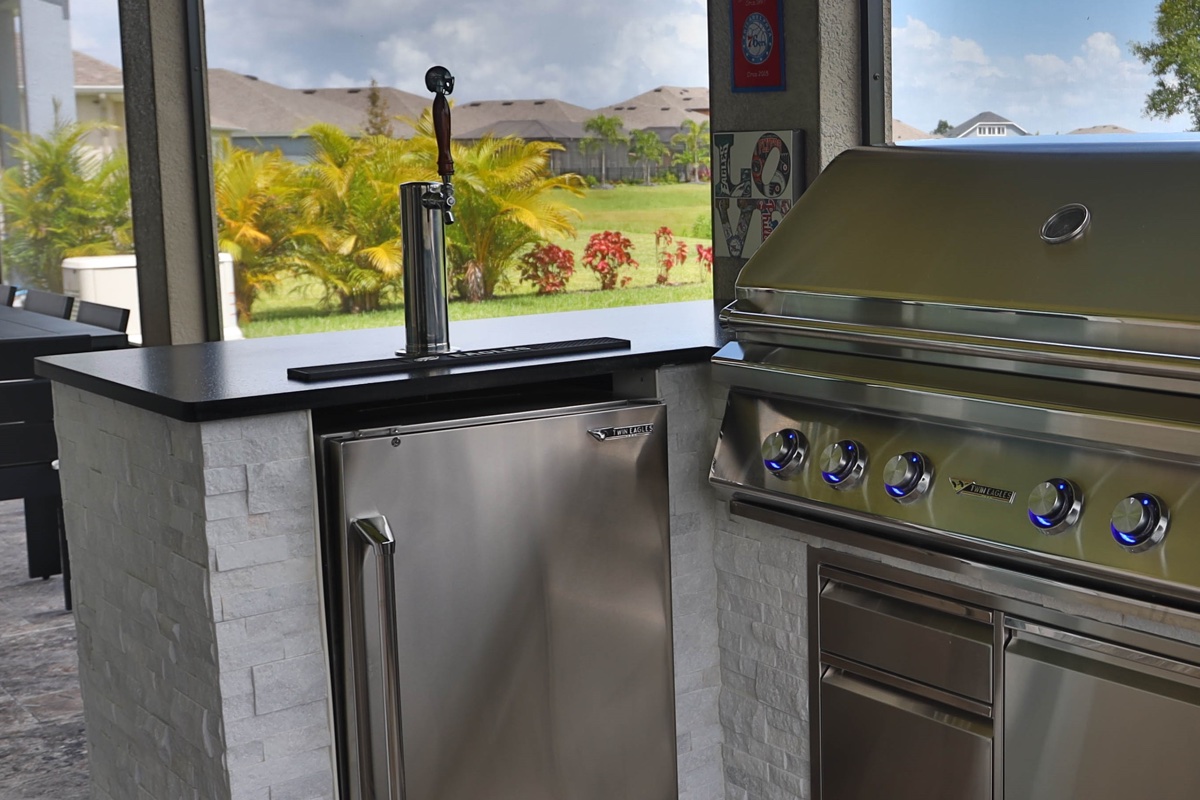
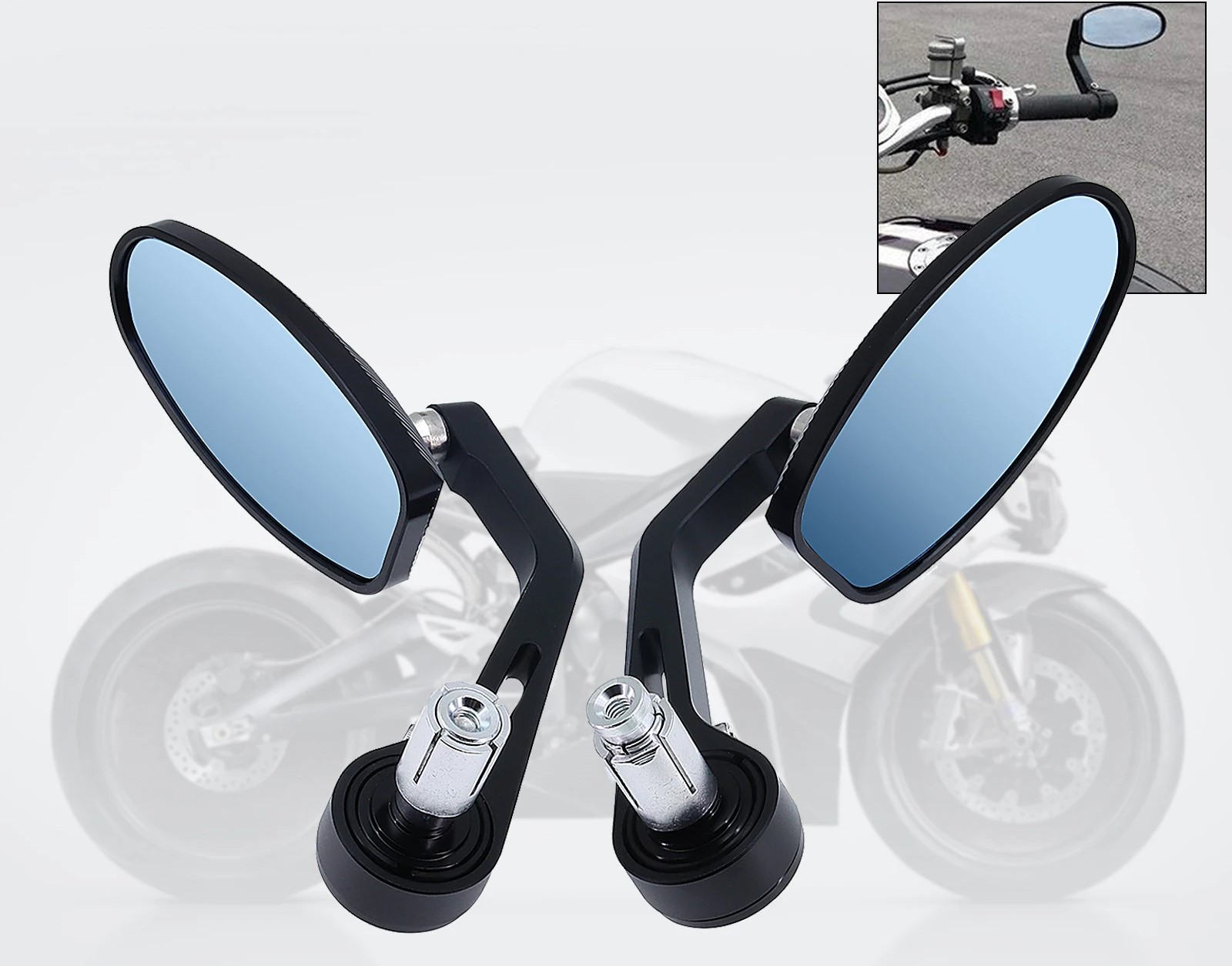
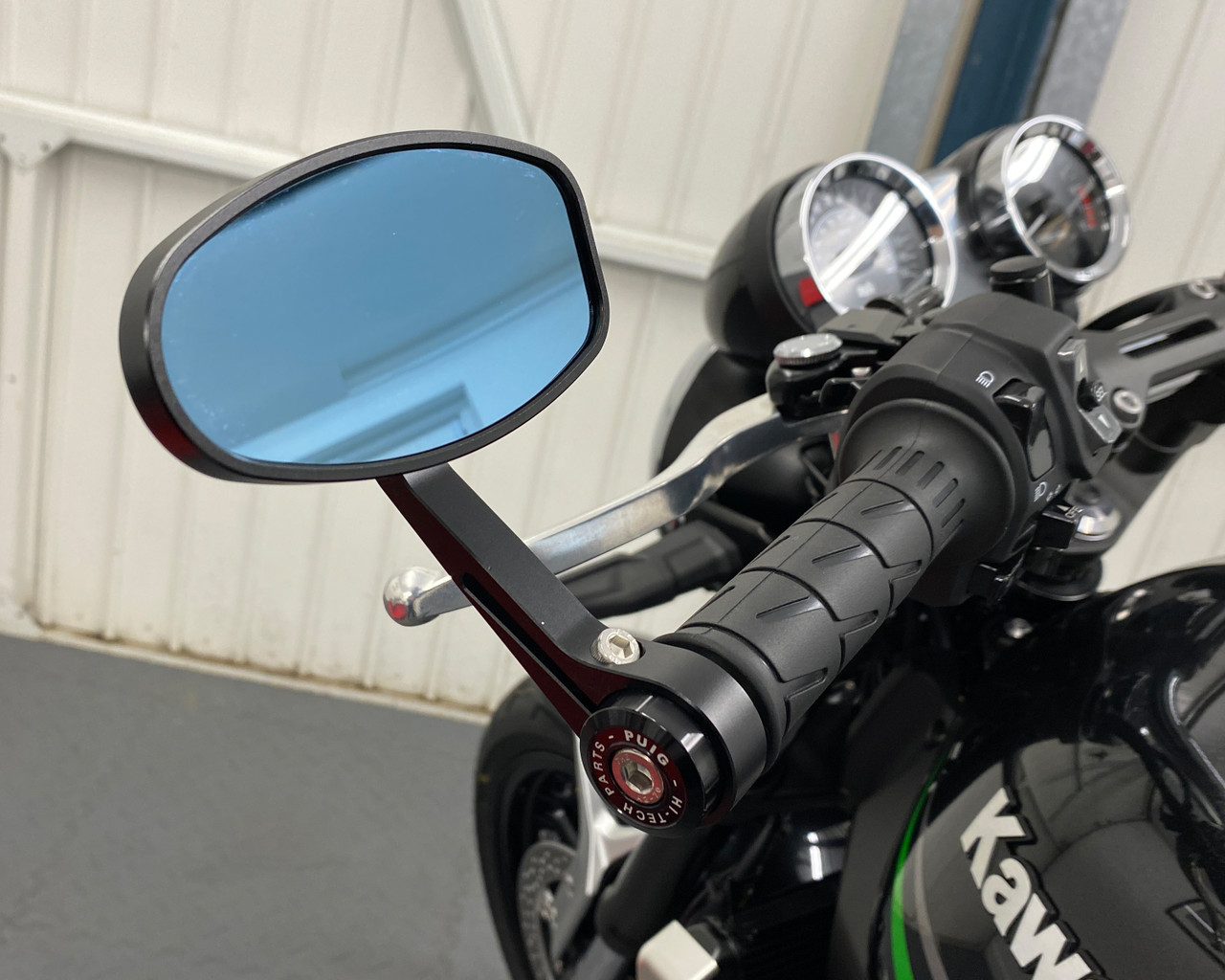
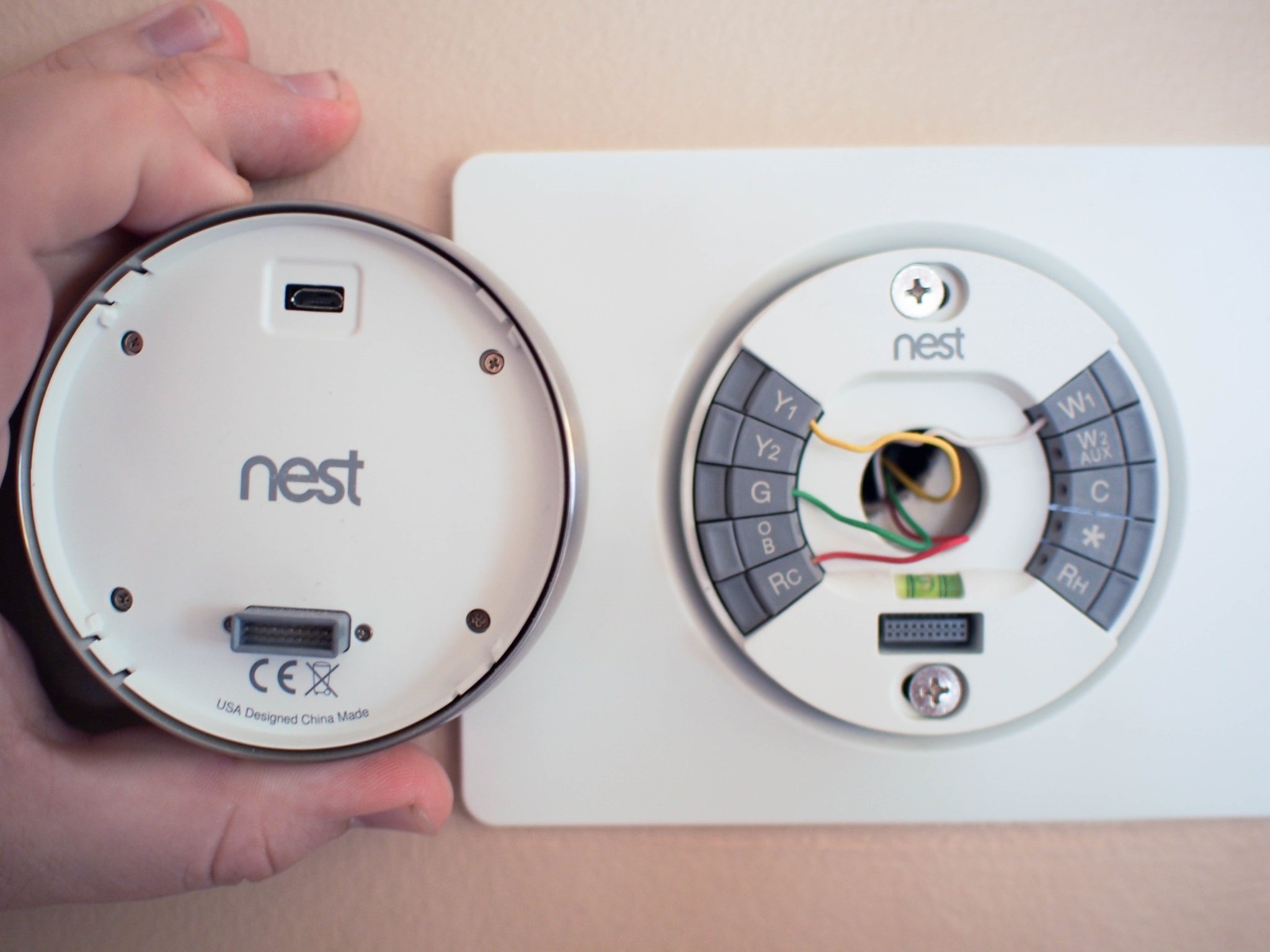
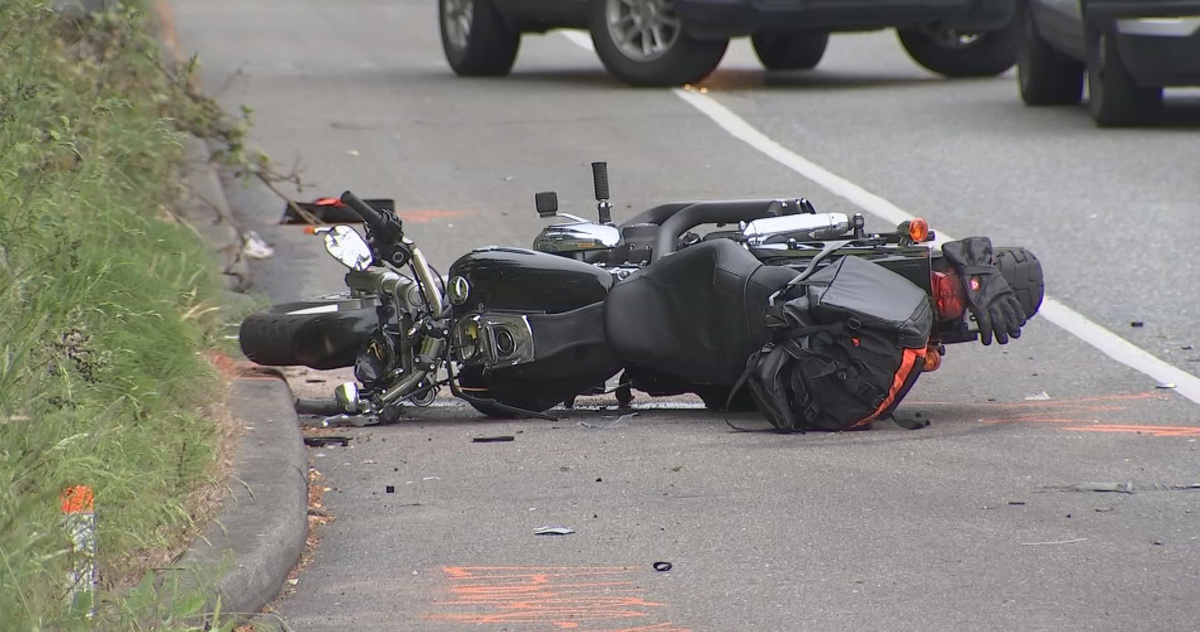

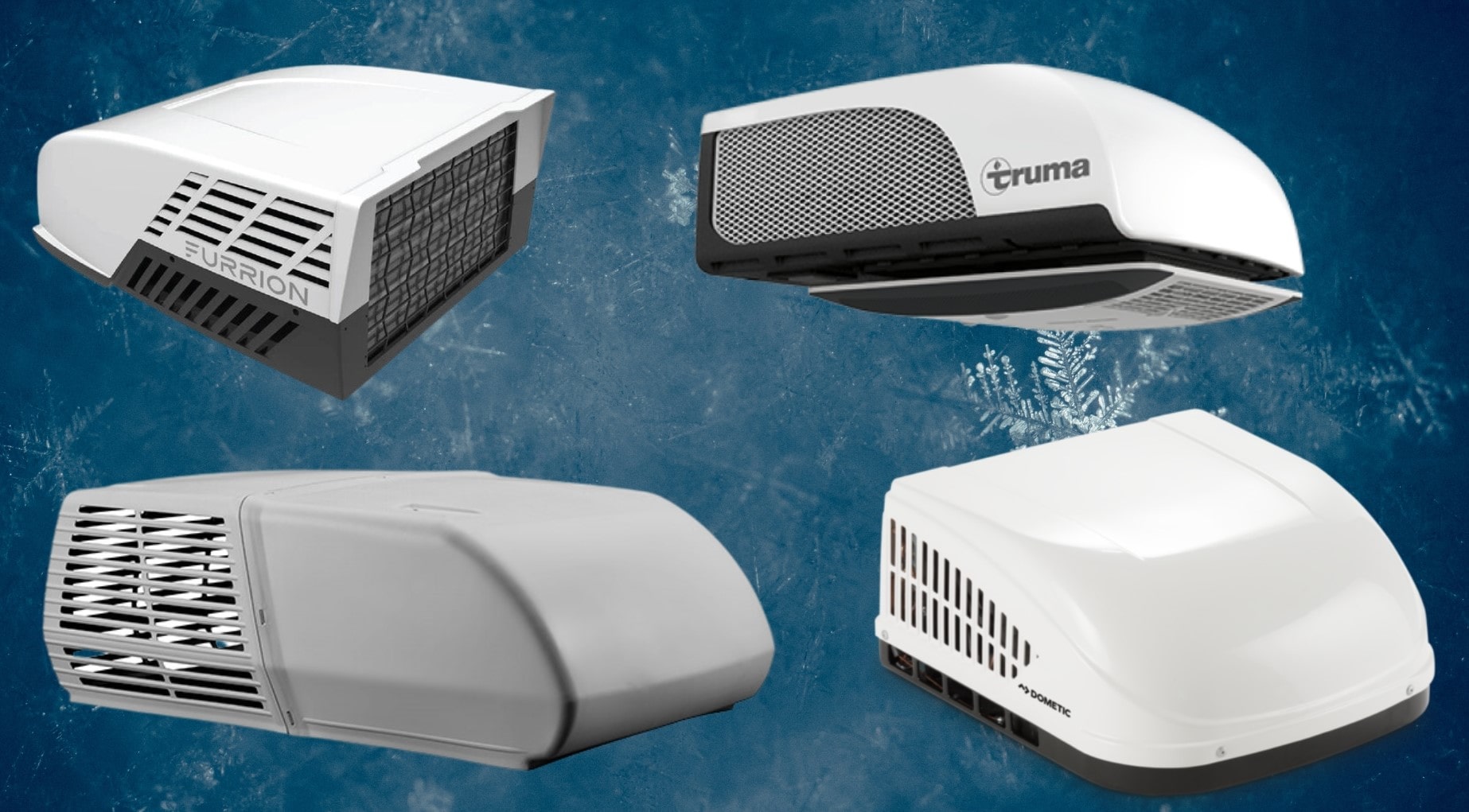
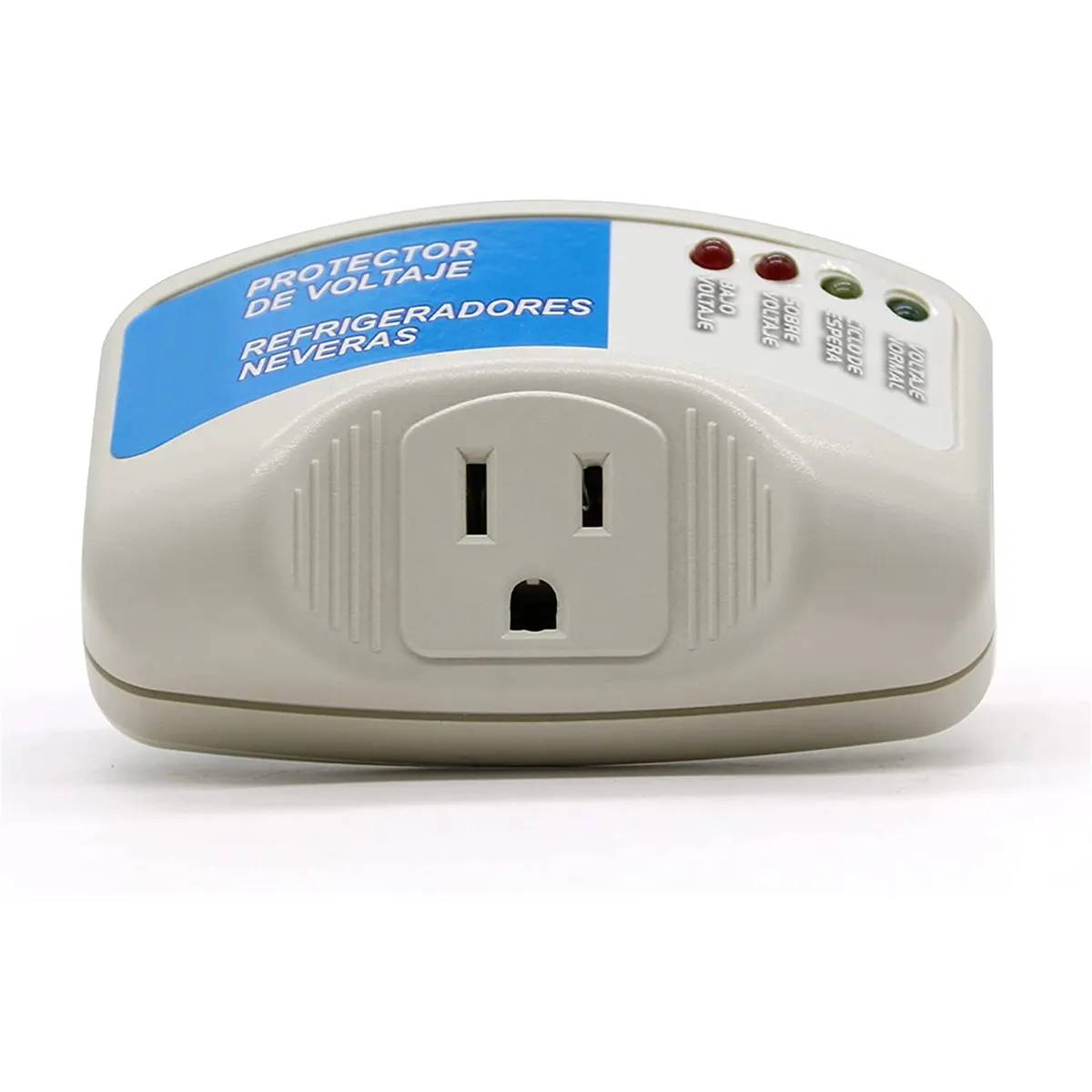
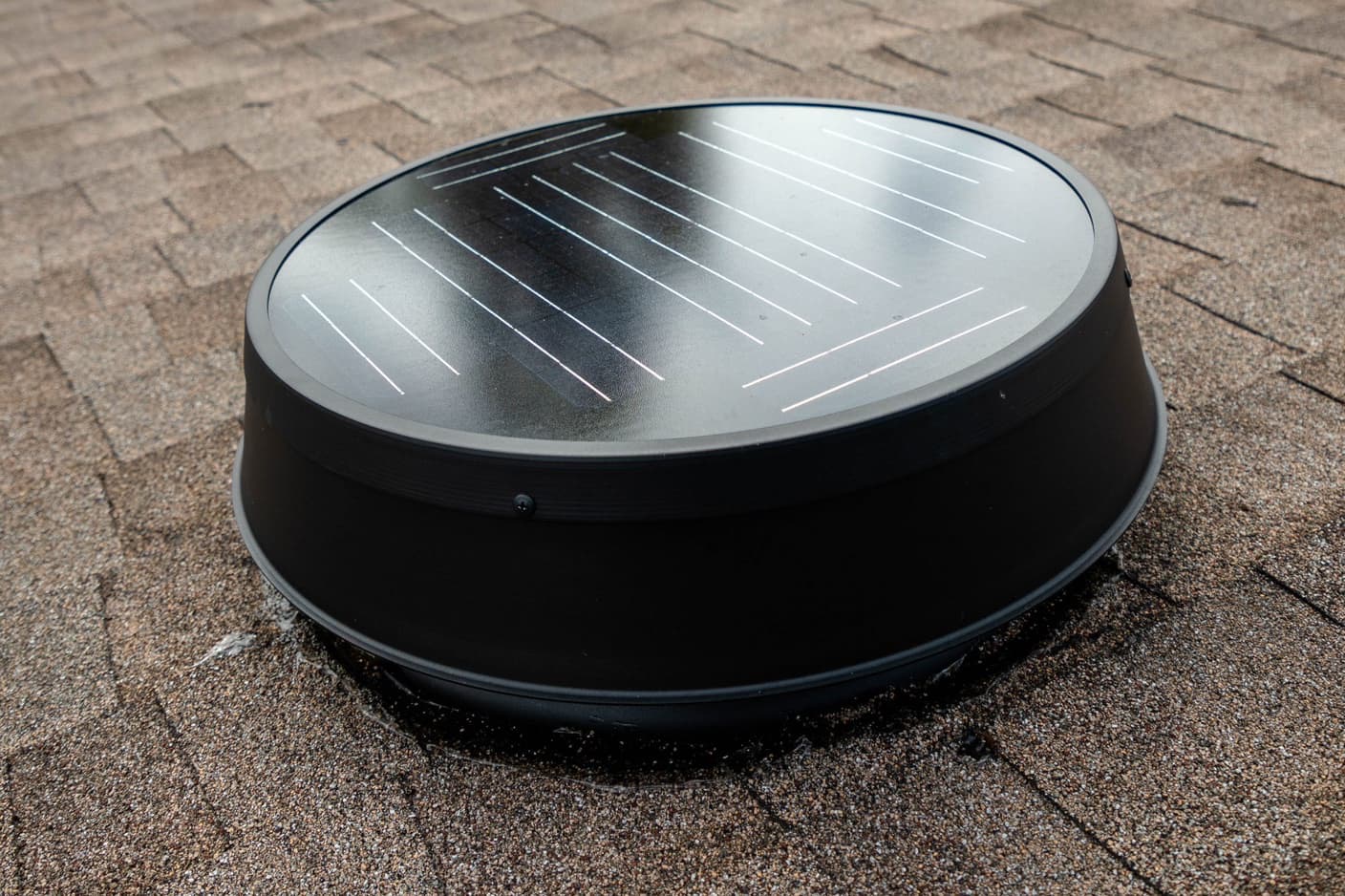


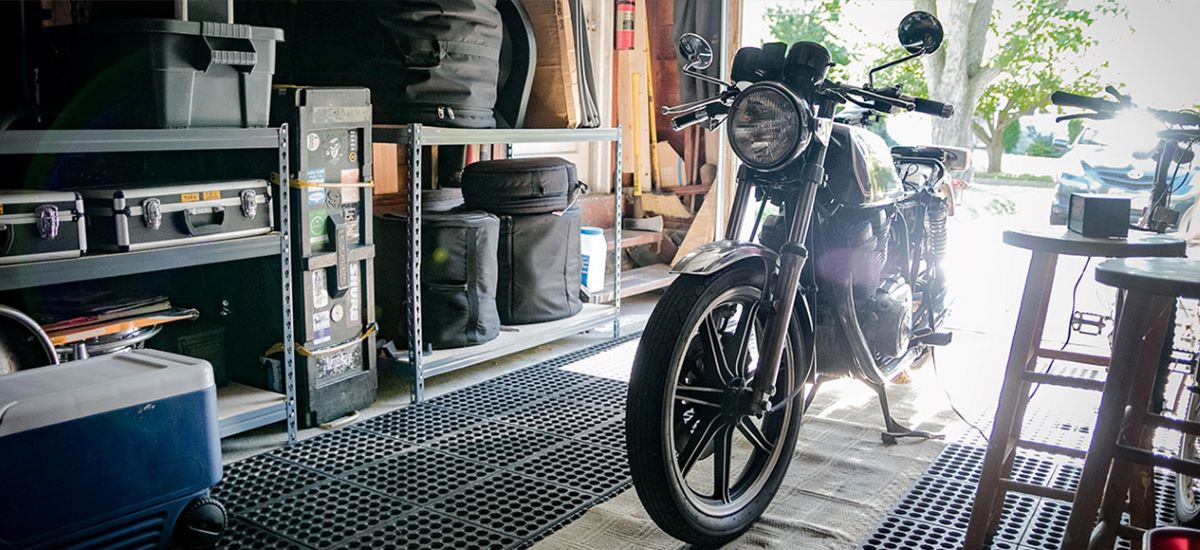
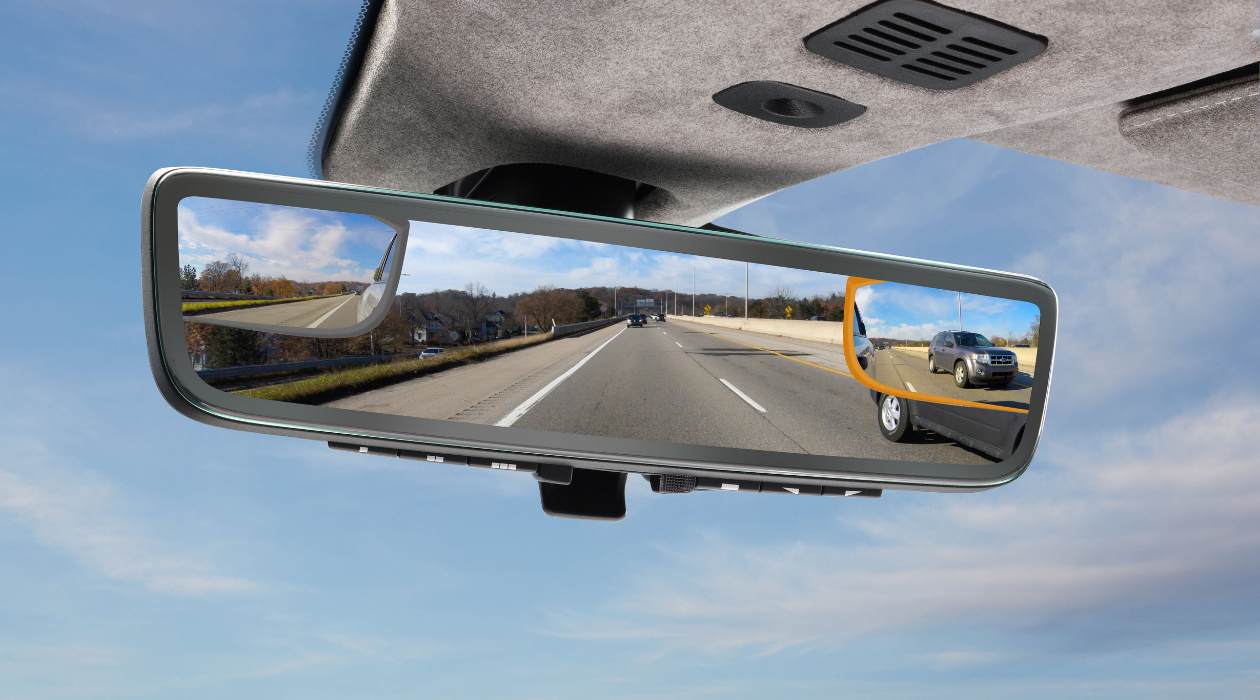
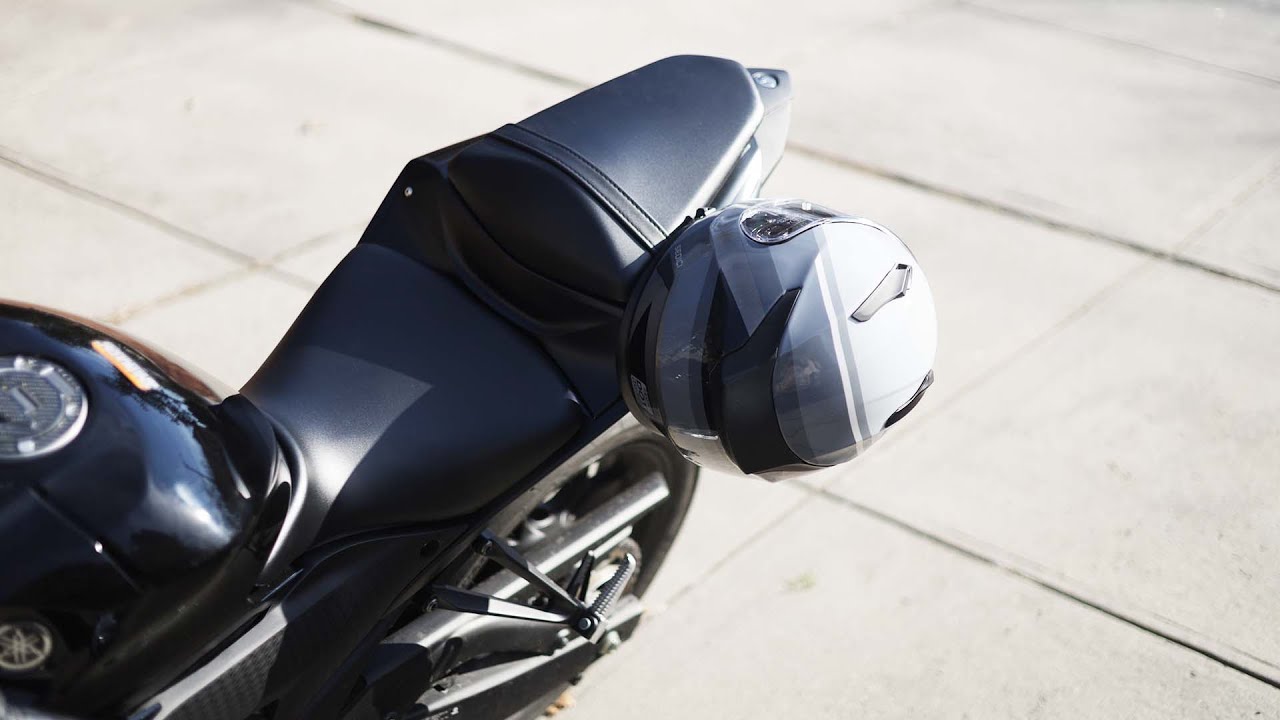

0 thoughts on “How Many Mirrors Does A Motorcycle Need”